University of Minnesota students are adapting to changes in their financial aid situations as student loan repayments resume this month.
Student loan repayments were temporarily stopped due to the COVID-19 pandemic but returned after the Supreme Court struck down President Joe Biden’s plan to eliminate $400 billion in student debt.
Students will receive their first bill at least 21 days before the payment’s due date. Payment plans and other resources are available for students who require additional assistance for federal student loans.
Changes to the Free Application for Federal Student Aid (FAFSA) were announced this month by the U.S. Department of Education following the passage of a new federal spending bill passed this year.
Some of the changes include a new Student Aid Index replacing the Expected Family Contribution index on the form and requiring consent for student tax information from the Internal Revenue Service (IRS) to be transferred into the FAFSA application. The FAFSA application, which normally opens Oct. 1, is expected to open Dec. 1.
Simon Hill is a third-year social work student who transferred to the University of Minnesota from Century College and took out loans to attend both institutions. Hill said he is stressed about having to repay his loans once he is finished with school, so he has a job that allows him to pay off his loans and afford everyday goods.
“I’ve always known that I’ve had to take loans, that’s what my parents have said and that’s what everyone in my family has done, so it was expected of me,” Hill said.
Hill added he plans to attend graduate school as a mandatory requirement for his major and hopes graduate employers will pay for his graduate school expenses to ease the burden.
Hill said he wishes the federal student loan forgiveness program was not struck down by the Supreme Court, as it would have made his situation easier. Hill added he has scholarships and the Pell Grant as additional financial aid.
“I was really happy to hear about the SAVE repayment plan, so that gives me hope about future stuff regarding student loans, but I’m waiting for it to come through,” Hill said.
The Saving on a Valuable Education (SAVE) repayment plan calculates a student’s monthly loan payment based on income and family size, according to the U.S. Department of Education.
According to the National Center for Education Statistics, 32% of undergraduate students at the University received aid in the form of federal student loans during the 2020-21 school year.
The data also shows that 82% of full-time students received some form of financial aid, such as scholarships and grants.
Carter Yost, director of government and legislative affairs for the Undergraduate Student Government (USG), said he wants students to receive an education at a higher-level institution with no barriers to their learning.
“In talking to students on campus and across the state, there’s a mix of dread and disappointment,” Yost said. “I know there are students who are committed to doing the best they absolutely can to untether themselves from a career of debt.”
For the past year, USG has been working on lobbying for programs that would eliminate some financial barriers students face when paying for student loans and going into debt. Last spring, USG lobbied for the passage of the North Star Promise Scholarship Program that passed as part of the state’s higher education omnibus bill.
The North Star Promise Scholarship Program, created by the state of Minnesota’s Office of Higher Education, serves to make college affordable for students by covering the full cost of tuition and other fees.
Eligible students must be Minnesota residents attending a public higher education institution or tribal college and report a family-adjusted gross income below $80,000 on their FAFSA application. They must also be a degree-seeking student who has not yet received their degree and maintain good academic standing.
“With repayments starting this month, we’re going to see students and former students continue to struggle with a really economically devastating system,” Yost said. “We’re continuing to try and explore and support ways that the federal government and the state government can reduce that burden on students and ensure that anyone who wants to be able to attend college can do so affordably and feasibly.”
One Stop Student Services and the Office of Student Finance are ensuring students have plenty of accessible resources for financial aid needs and that the changes to the FAFSA will not affect student loans.
In an email sent to the Minnesota Daily, the offices said students should reach out to their loan servicers to determine any impacts to their financial aid.
“Most students will not be required to start making payments on their student loans if they are currently enrolled at least half-time,” One Stop said in the statement.
One Stop is working closely with various University departments and local school districts to provide presentations about student loans to students, which will begin in late winter and early spring.
“In a typical year, One Stop staff begin to hear more questions about FAFSA and financial aid for the next academic year beginning in October,” One Stop said. “However, with the delayed launch of the FAFSA, we anticipate those questions delaying until December.”










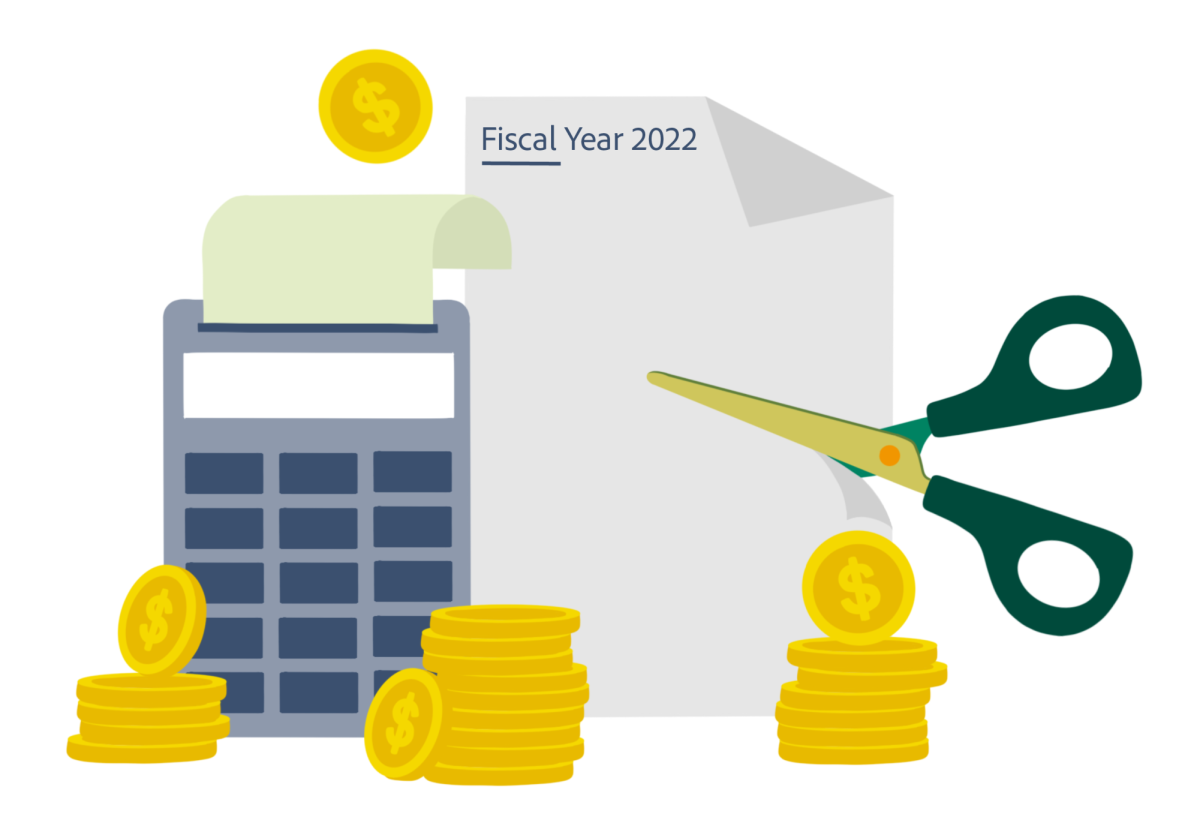
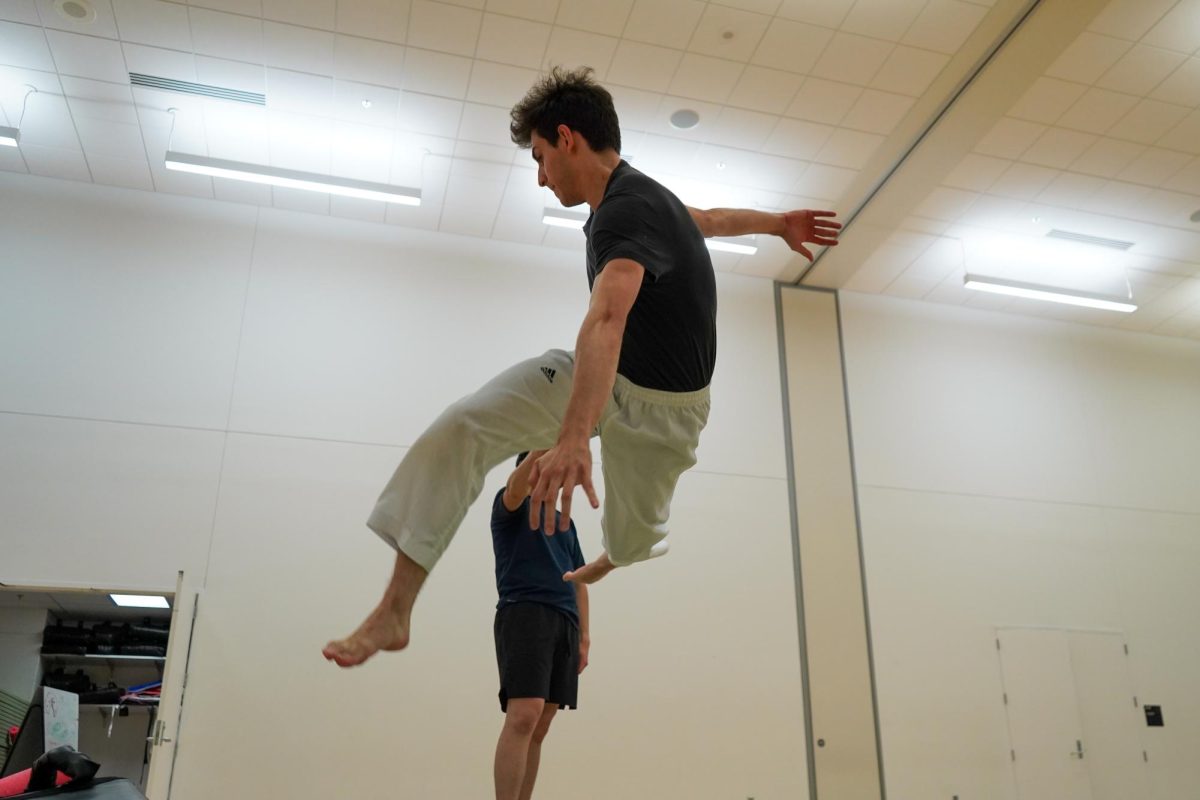
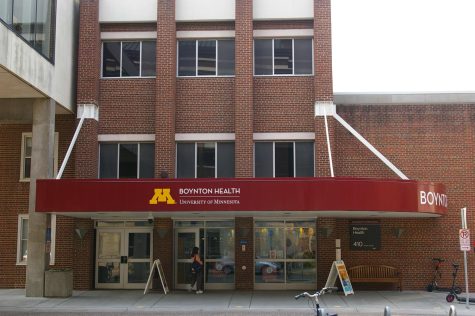
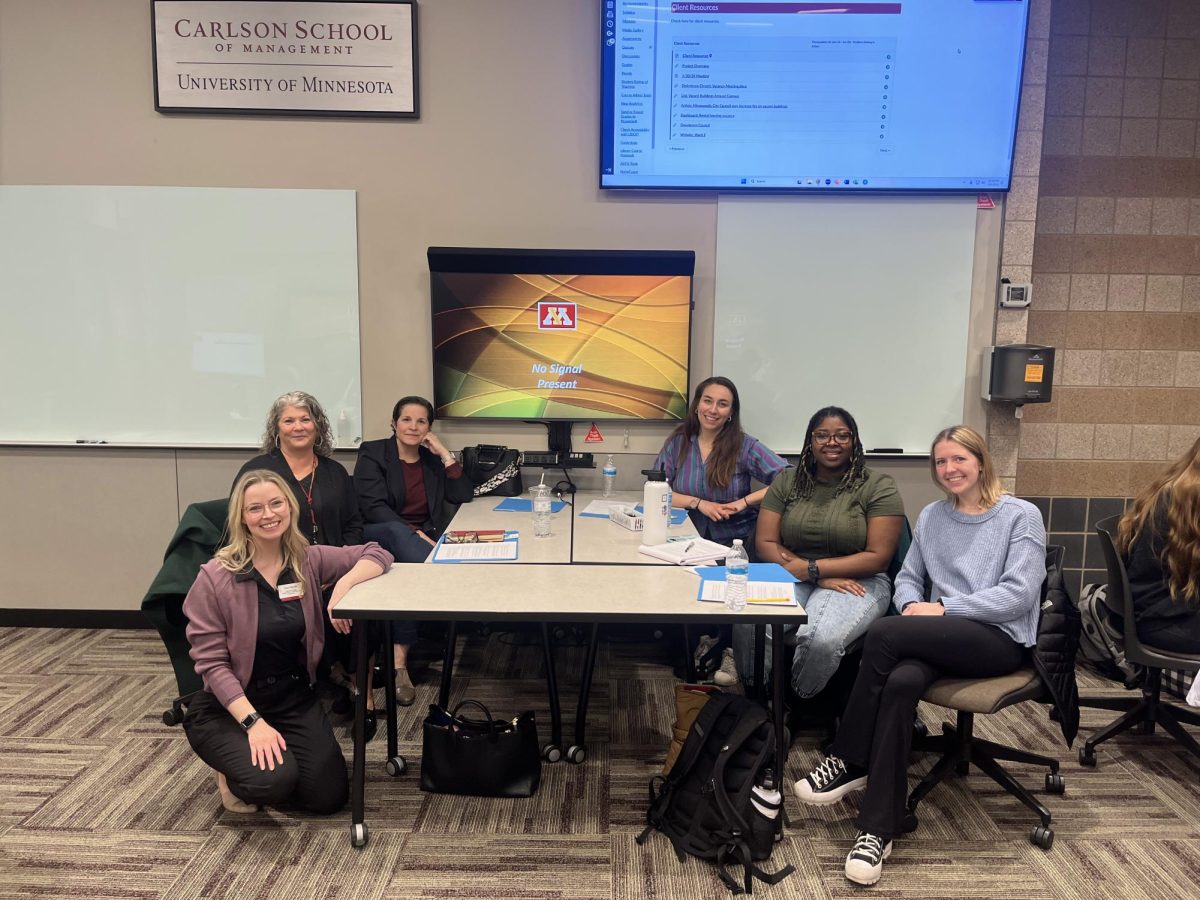

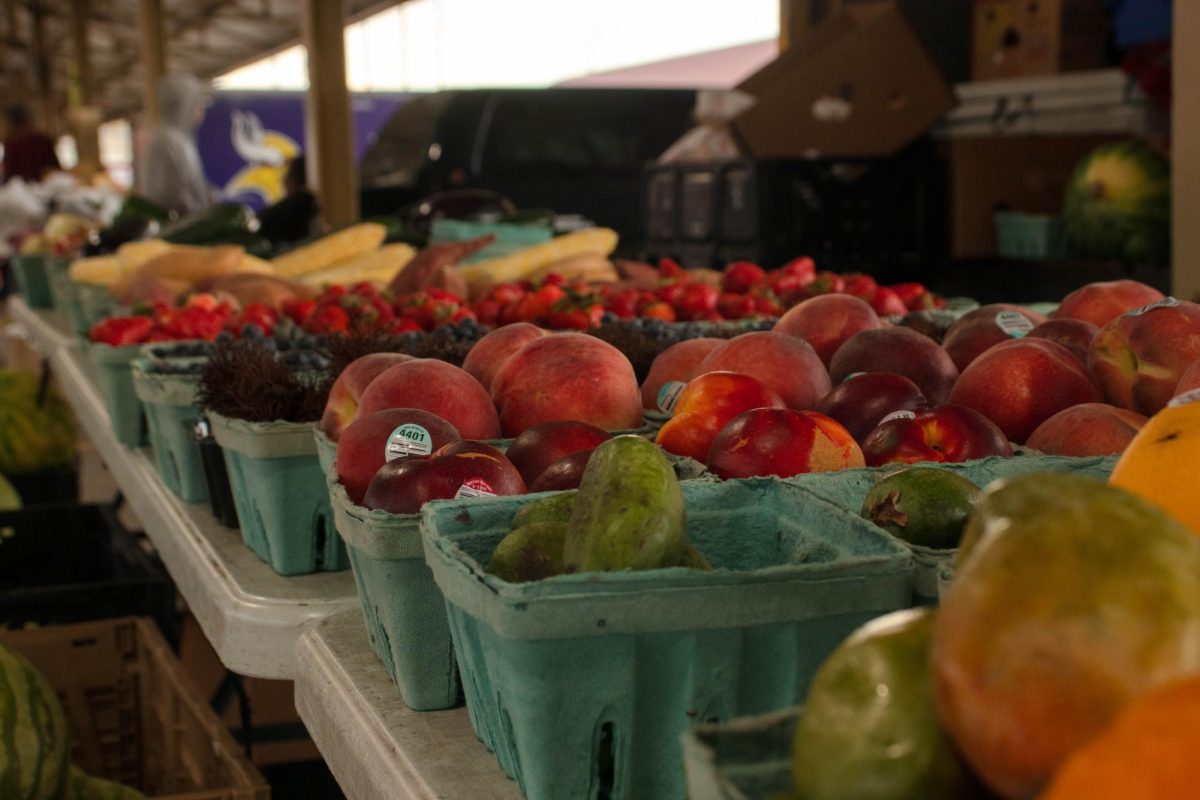
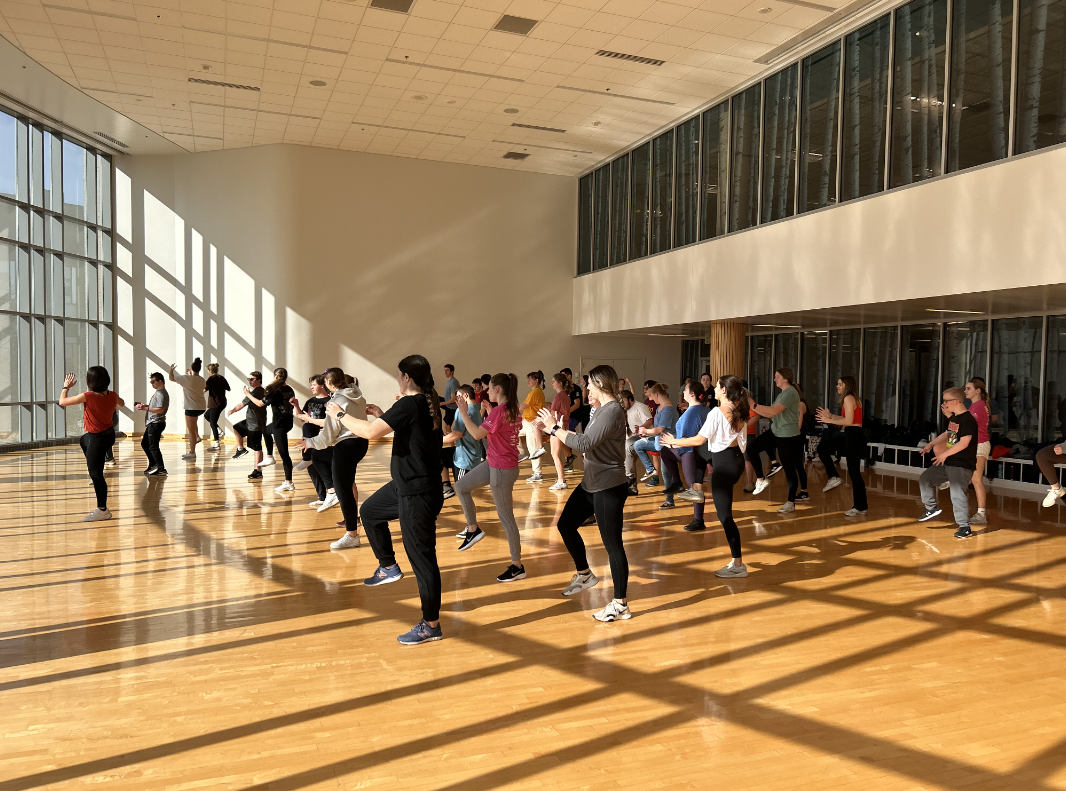
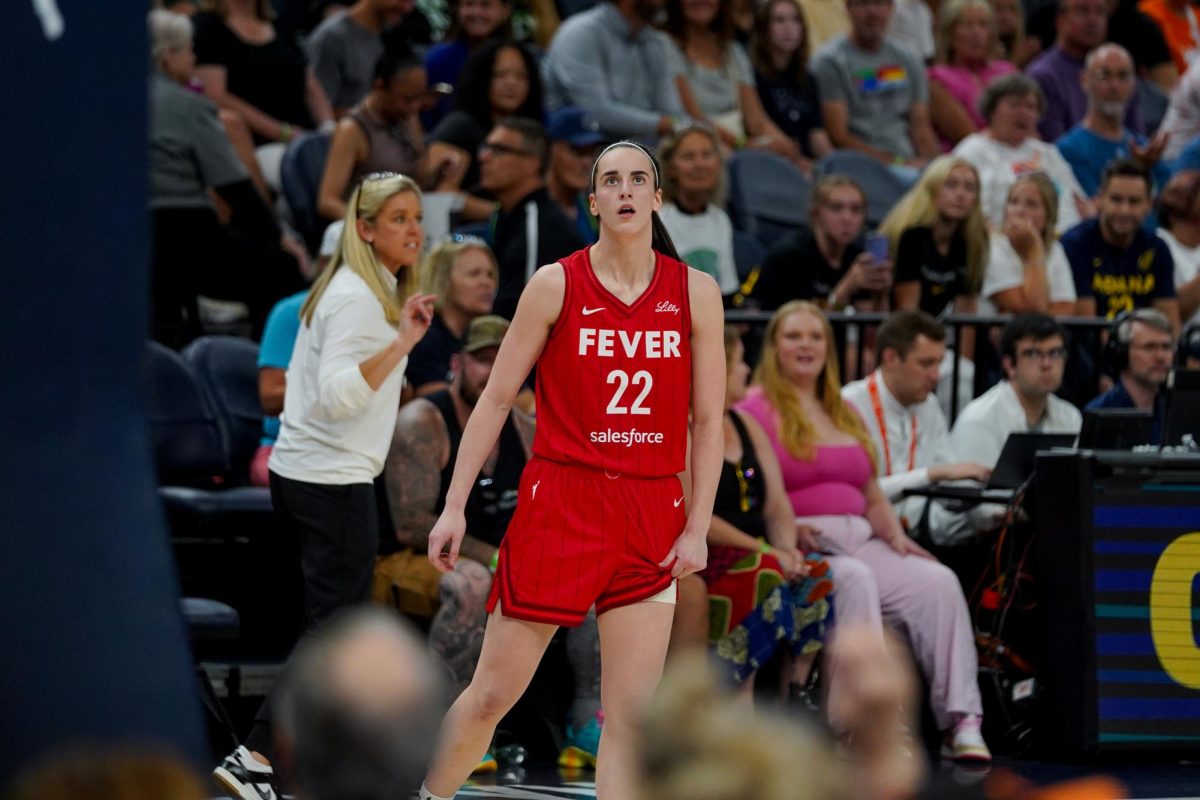


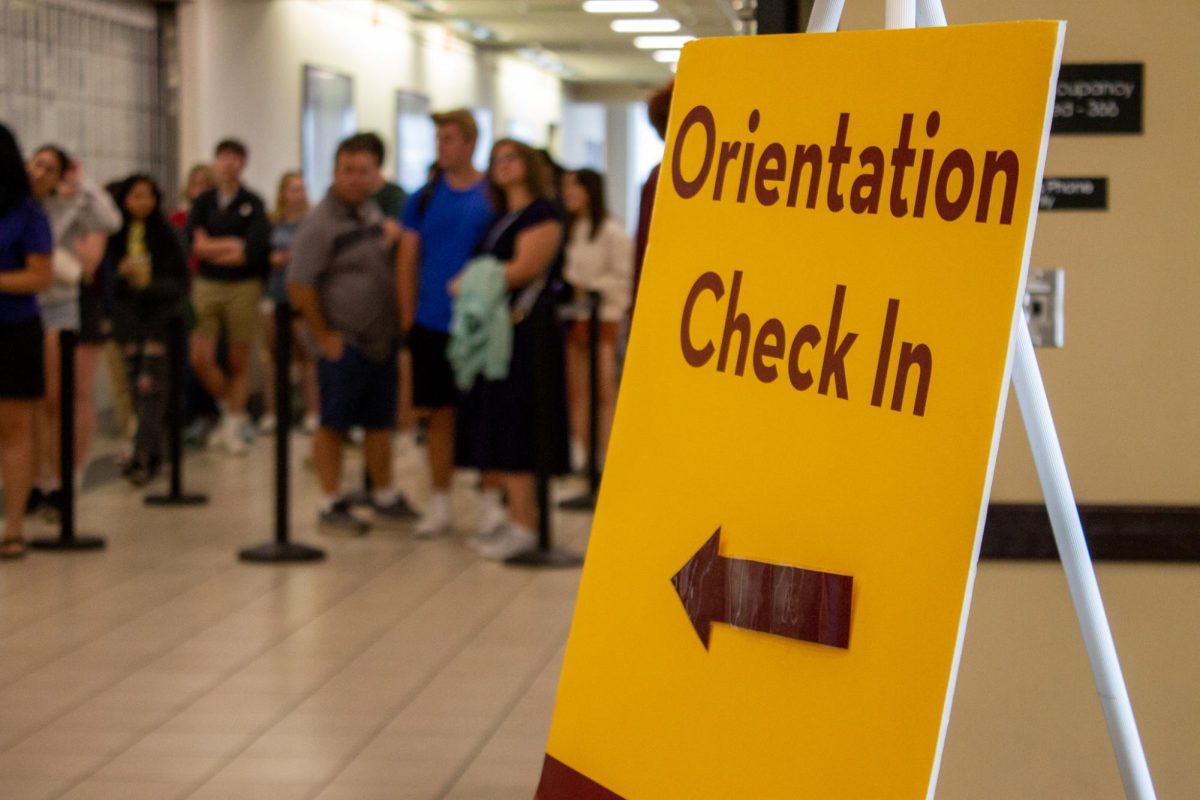

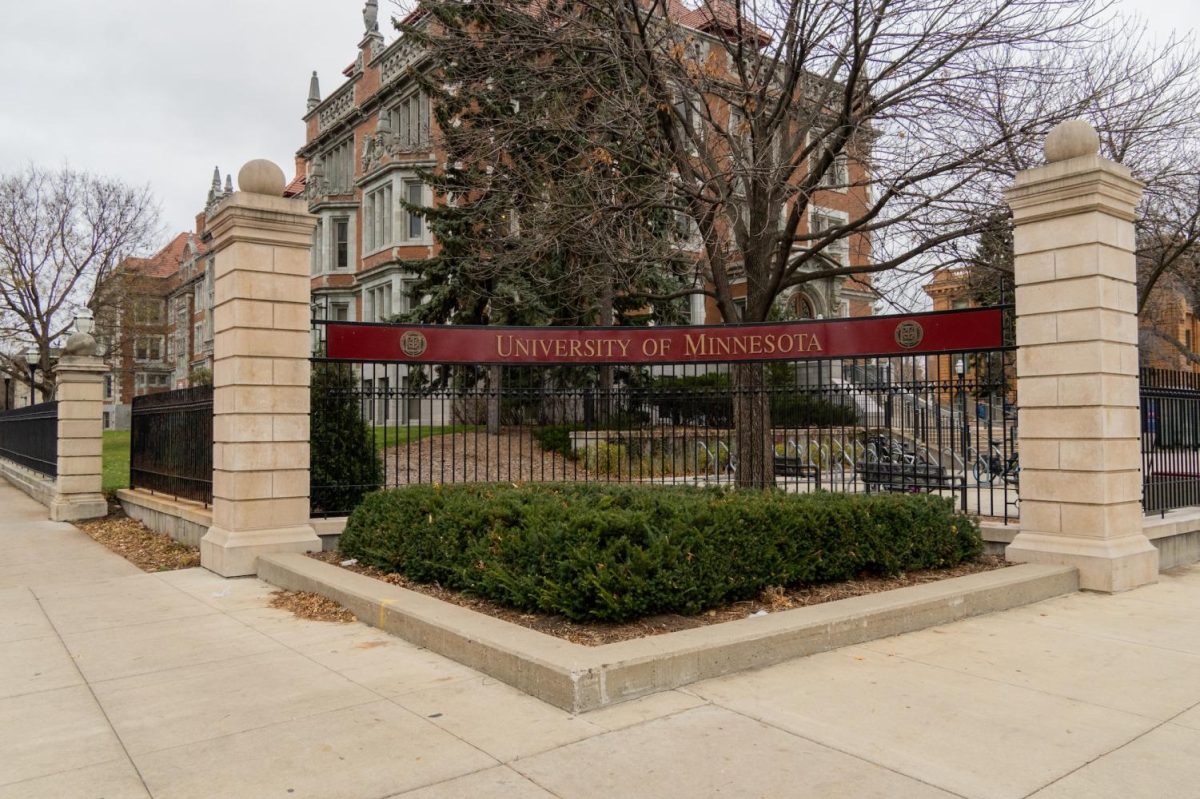

Rick Naatz
Oct 31, 2023 at 6:22 pm
College education never has been “free.” This attitude “someone else should pay for me” is just plain nonsense. As an alumnus of UofM from mud 80’s, I had to take out loans but kept it under $3000 for four years. How? Worked 20 hrs a week on campus as work study aid (M-F ; 5:00 – 9:00 pm) all year long plus finding another 30 hour a week job in the summer. My day started leaving the house at 6:30 for school and got home by 10pm, Monday through Friday. Free time was whatever could squeeze in on weekends. My wife worked to pay out housing costs and I covered education costs. Long four years but was only a season. Not a party time. Grow up, study hard, work as much as possible and you will do fine. But stop whining.